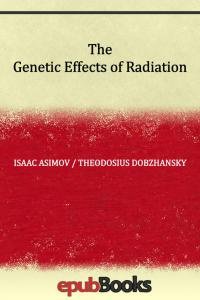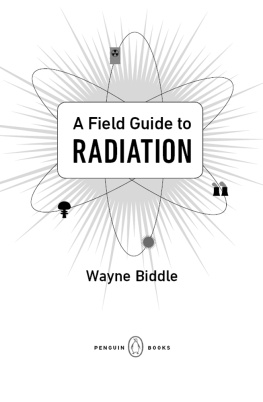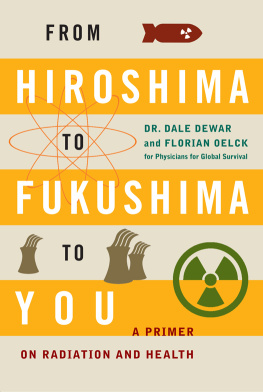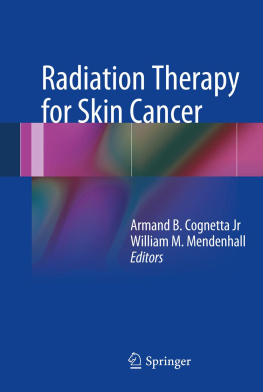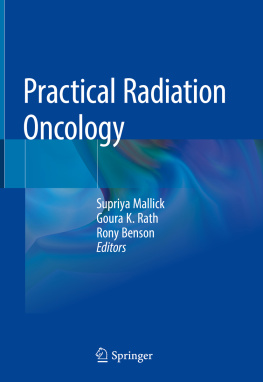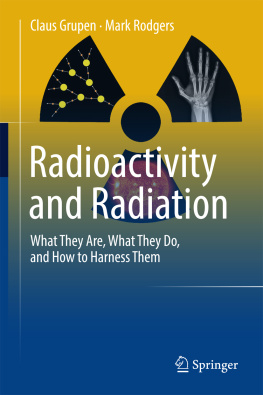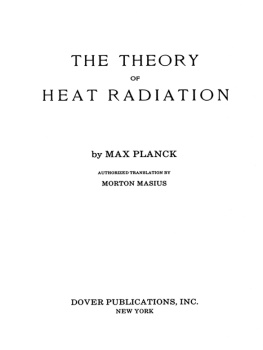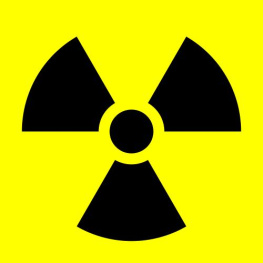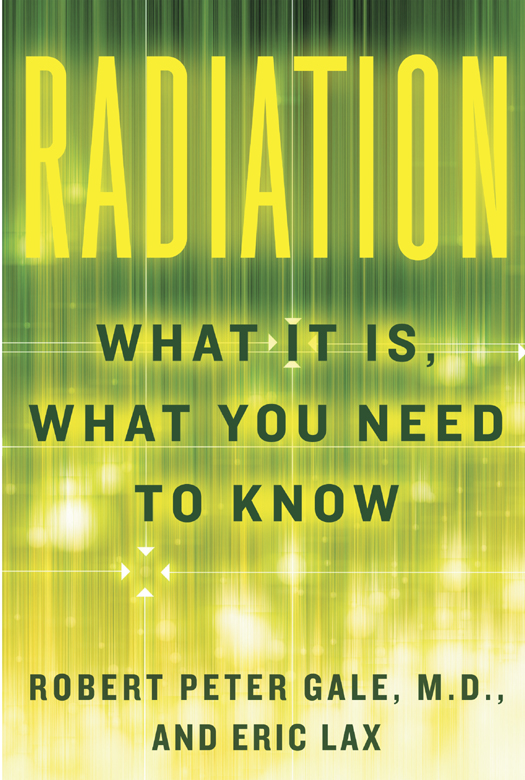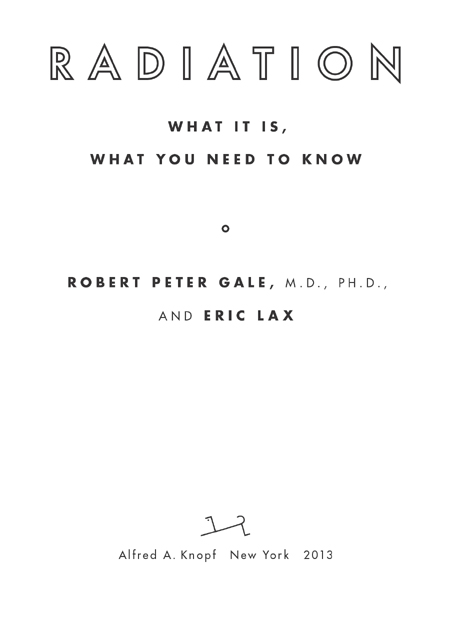THIS IS A BORZOI BOOK
PUBLISHED BY ALFRED A. KNOPF
Copyright 2013 by Robert Peter Gale, M.D., Ph.D., and Eric Lax
Comments on benefit-to-risk ratios of voluntary radiation exposures are general in nature and reflect the best judgment of the authors and the many medical and scientific experts we consulted. They are meant as a guide and should not be used to make individual decisions. There are important and unresolved (perhaps unresolvable) differences of opinion among experts on several issues fundamental to assessing benefit and risk. Scientists knowledge of the effects of radiation is evolving. Persons concerned with a radiation-related health issue should consult their physician and/or other health professionals. The U.S. and European governments and the Health Physics Society have important, unbiased useful information on this issue. Links can be found on our website, www.radiationbook.com.
All rights reserved. Published in the United States by
Alfred A. Knopf, a division of Random House, Inc., New York, and in
Canada by Random House of Canada Limited, Toronto.
www.aaknopf.com
Knopf, Borzoi Books, and the colophon are registered trademarks of Random House, Inc.
Library of Congress Cataloging-in-Publication Data
Gale, Robert Peter.
Radiation : what it is, what you need to know / Robert Peter Gale, M.D., Ph.D.
and Eric Lax.
pages cm
eISBN: 978-0-307-95970-6
1. Radiation. 2. Environmental health. I. Lax, Eric. II. Title.
RA569.G294 2013
363.179dc23 2012028975
Jacket design by Archie Ferguson
v3.1
To my esteemed colleagues in the United States, Russia, Ukraine, Belarus, Brazil, Japan, China, and elsewhere who collaborated in response to these global nuclear and radiation accidents over three decades. They taught me much. Also, my deep respect and admiration to the many heroes, some of whom we were fortunate to save, others not, who battled and/or were victims of these tragic events.
RPG
For Jonathan Segal
Who improves writing and friendship
EL
CONTENTS
A NOTE TO THE READER
Virtually everything is radioactive, including us; some things are just more radioactive than others. Radiation comes in several forms, but it can be conveniently divided into two types: ionizing, which can cause cancer and other harmful effects as well as beneficial effects, and nonionizing, which, except for some ultraviolet radiations, generally causes little harm but gives substantial benefits. Radiation also can be naturally occurring or man made. The radiation that Americans receive is almost equally divided between both sources. Naturally occurring radiation levels are similar for Americans and Europeans, but Europeans receive considerably smaller man-made doses because they make less extensive use of medical procedures using ionizing radiations. People living in other parts of the world, such as South America, Africa, and Asia (with the exception of Japan, which has a high use of medical radiation), receive even less man-made radiation, for the same reasons. Radiation can kill you, or it can cure you.
When an accident involving radiation occurs, like the catastrophic one in 1986 at the Chernobyl nuclear power facility in the former Soviet Union and the incident in 2011 at the Fukushima Daiichi power plant in Japan, people everywhere ask a deceptively simple question: What is my risk, and my familys, from the released radiation? It is normal to worry about what harm might be carried through the air and what effects it will have on the food we give our children, on the water we drink, on sea life, and on the environment. These worries are compounded by news accounts that are sometimes contradictory and that often quote experts whose opinions vary wildly.
People have concerns not only about accidents at nuclear power facilities but also about many other sources of radiation: X-rays of our teeth, our chest, an injured hand or leg; CT (computed tomography) scans of our chest or abdomen; sunlight and tanning booths; and radio waves from cell phones. We want to know at what point radioactivity released from a nuclear accident raises our risk of cancer, what damage radiation can cause a pregnant woman and her fetus, and the effects of radioactivity in the atmosphere from nuclear weapons tests.
The often conflicting information about the possible health consequences of radiation from all sources is likely to leave anyone confused and wondering what they can do to decrease their risk of harm from radiation. How does your risk of cancer from radiation compare to other cancer risks in your life? These legitimate concerns deserve direct, intelligent, credible answers, which we intend to provide.
Because radiation is ubiquitousit continually touches our lives in many waysyou will not finish reading these pages with a definitive answer to everything about radiation. That is simply impossible. But you will end up with sufficient knowledge and understanding of the subject to help you make sensible, informed decisions about radiations health effects and risks. Although radiation is associated with many dangers, things may not be nearly as scary as you imagine. In fact, radiation saves lives every day. Americium-241 makes many smoke detectors work; tritium stimulates the phosphors that illuminate some exit signs; gamma rays test the structural integrity of airplanes, bridges, and skyscrapers; and cobalt-60 and other sources of radiation are used to diagnose and treat cancers. Frightening as the topic of this book might be in some ways, information and education can relieve some, if not most, anxiety about radiation.
INTRODUCTION
THE CESIUM BOMB
In 1985 two radiologists in Goinia, Brazil, who treated people with cancer with radiation therapy machines containing cobalt-60 and cesium-137, moved to a new office. The physicians planned to take the devices with them, but the owner of their old clinic building claimed that the cesium-137 machine was his and held on to it. The dispute moved to the courts. Over the next year, the owner could not attract other physicians as tenants. The building remained empty, eventually fell into disrepair, and then was partially demolished. Two years later one of the radiologists returned to remove the cesium-137 unit but was stopped by police who had been called into the disagreement. The radiologist warned the owner that someone needed to take responsibility for what could happen with what he called the cesium bomb, and he wrote to the director of the Institute for Civil Servants, who had called the police to stop him from removing the machine, alerting him to the potential radiation hazard. The courts response was to post a security guard at the facility twenty-four hours a day to deter people, especially would-be scavengers, from entering the building. Their presence workedfor four months, anyway.
On September 13, 1987, the daytime guard called in sick so he could go to a movie theater with his family and watch Herbie Goes Bananas. No replacement guard was sent. Two scavengers who had long heard rumors that there was valuable equipment in the building seized the opportunity to enter and saw the huge metal-encased cesium-137 device, which they assumed had value as scrap. When such a machine is intact, the cesium-137 is encased in a tungsten-and-steel capsule surrounded by lead, thus shielding anyone who comes close to it from exposure to the gamma rays that cesium-137 emits. (Someone standing three to six feet in front of such an unshielded source for one to two hours or less could receive a lethal dose of radiation.) The scavengers, unaware of the potential danger of their trophy, spent hours removing the shiny stainless-steel-cased rotating assembly containing the cesium-137, which looked like the most valuable part. It was certainly the most dangerous. The instant they removed the assembly, they were potentially exposed to the cesium-137 beam, as they would have been had the machine been turned on.


